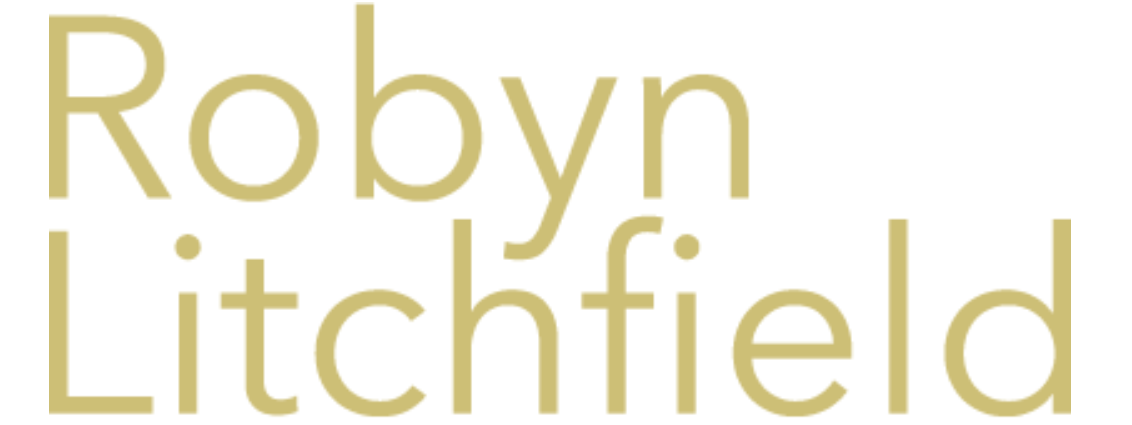Robyn Litchfield’s paintings are representations of sublime encounters with pristine and untouched landscapes. Drawing from archival material and personal documents relating to the early exploration and colonisation of New Zealand, Litchfield aims to reimagine and examine the experience of forays into a hitherto unknown space. She is interested in the idea of wilderness and the unknown as a terrain of the mind and as a place that induces reflexivity. Landscape becomes a ubiquitous template for exploring personal history, notions of cultural identity, alienation and a sense of belonging.
Most of her sources are photographs; archival images of early New Zealand and contemporary photographs of primeval landscape taken by herself. She applies transparent paint in expressive brushstrokes and works back into it using various implements and processes such as scraping, layering and erasure to reveal the luminous ground below. The paint mimics the emulsion on the glass plates of early photographs whose images were revealed by light shining through them. She thinks of the ground as a screen where images are projected and perceived.
“Robyn Litchfield might be living in the UK but her paintings stretch to a different place and time; wild and enigmatic. Collaged compositions are presented as holistic scenes which have an off-kilter eeriness to them. Despite all the light in these works, they feel deep and heavy. Is the artist pointing towards what has happened in the past or is it happening in the present? Maybe they are not so much statements as they are questions about what a place might hold, from its historical scars to its alchemic potential.” Jillian Knipe
Often primitive and mysterious red forms are placed within the paintings. They are symbols of loss and longing; for past life, of primeval forest, the biodiversity that it supported and represent a lament for this loss. Their intrusion into the picture plane is a metaphor for a kind of otherness similar to that felt by immigrants today.

